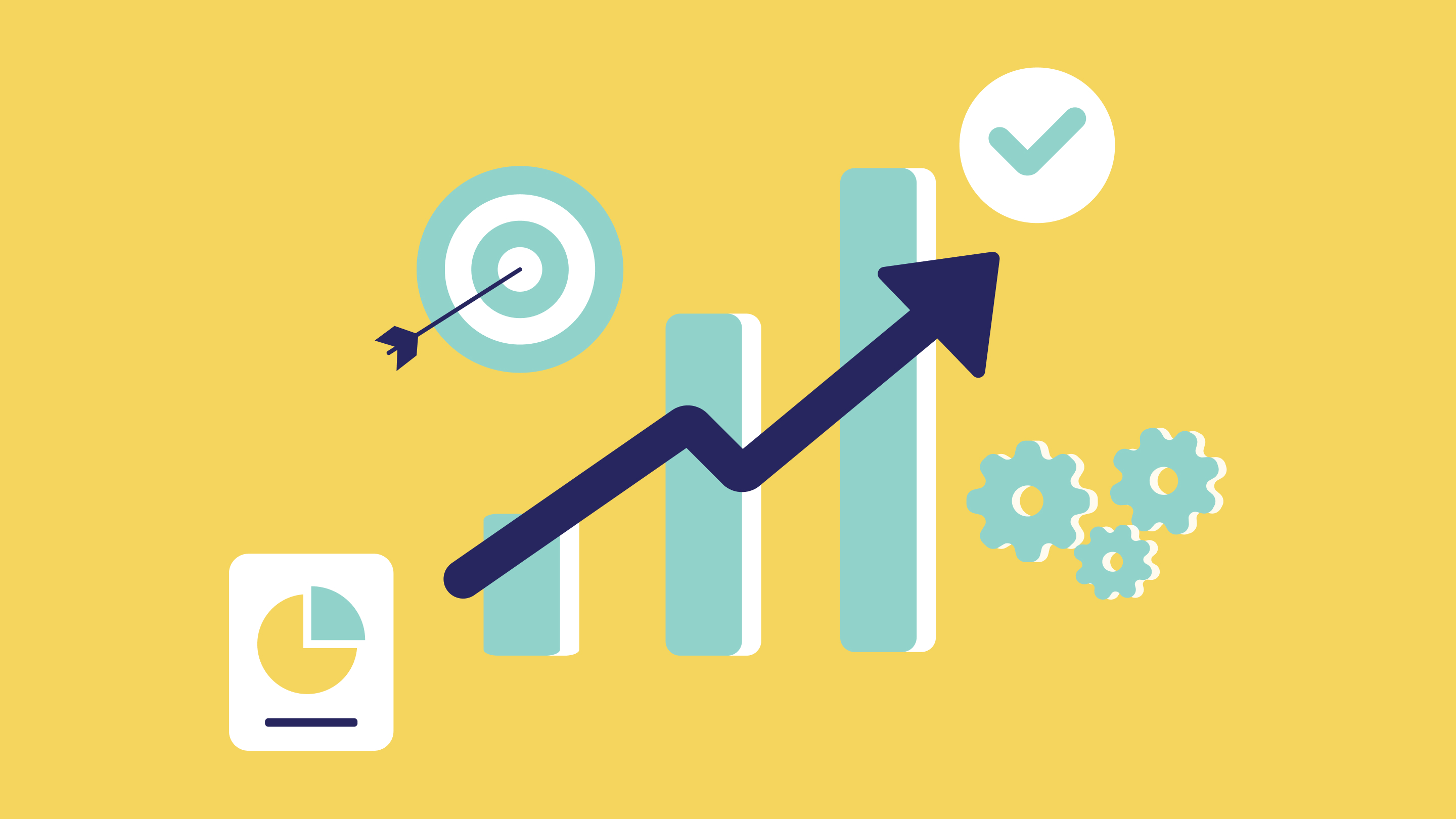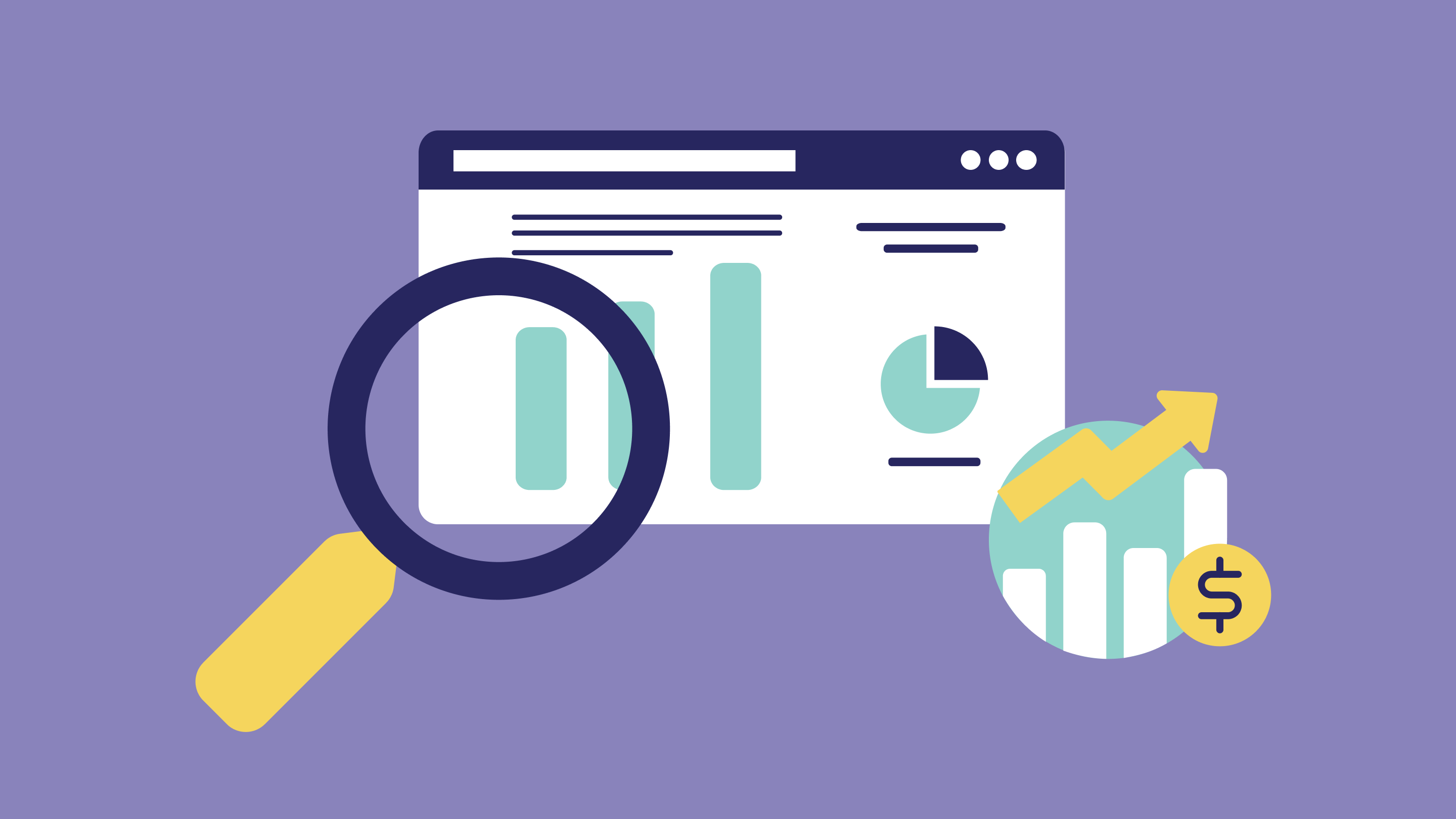
Measuring Growth Rate in SaaS Startups
In the world of Software as a Service (SaaS) startups, understanding and measuring the growth rate is crucial. It's a key indicator of the health of the business, and it's often scrutinized by investors, stakeholders, and the market at large.

The Formula for Calculating Growth Rate
In order to compute the growth rate, you will need to subtract the starting value (the value at the beginning of the period you're looking at) from the ending value (the value at the end of that period). You then divide the result by the starting value. To convert this number into a percentage, multiply it by 100. Here is the formula:
Growth Rate = ((Ending Value - Starting Value) / Starting Value) * 100
This formula can be used to calculate monthly, quarterly, or even annual growth rates. It's important to remember, however, that in a SaaS context, the formula might need to be adjusted slightly based on specific business models or revenue recognition principles.
The Compound Annual Growth Rate (CAGR)
While the basic growth rate formula provides valuable insights, it might not be sufficient in some cases, especially when assessing long-term growth over multiple years. In such instances, the Compound Annual Growth Rate (CAGR) is more appropriate as it considers the compounding effect.
To calculate CAGR, you need the starting value, the ending value, and the number of years. The formula is:
CAGR = (Ending Value / Starting Value)^(1/Number of Years) - 1
This formula smooths the annual fluctuations and variations to provide an average annual growth rate which is consistent over a specific time period. It's particularly useful for comparing growth rates of different SaaS startups or assessing the long-term growth pattern of a single startup.
Key Metrics Influencing Growth Rate
Several key metrics can influence a startup's growth rate:
- Monthly Recurring Revenue (MRR): This is the predictable revenue that a SaaS company can expect to earn on a monthly basis.
- Average Revenue Per User (ARPU): A measure of the revenue generated per user or unit, usually calculated on a monthly or yearly basis.
- Customer Lifetime Value (CLV): An estimate of the total amount a customer is worth during their relationship with the company
- Customer Acquisition Cost (CAC): The average expense of gaining a single customer.
- Churn Rate: The rate at which customers stop doing business with an entity. In a SaaS context, it's often measured as the percentage of service subscribers who discontinue their subscriptions within a given time period.
Tools for Measuring Growth Rate
Several tools assist in measuring these metrics and the overall growth rate of a SaaS startup:
- Analytics platforms: Tools like Google Analytics, Mixpanel, and Looker help collect and analyze user data and behavior.
- Financial software: Applications such as QuickBooks and Xero provide insights into the financial health of the business.
- Custom dashboards and BI tools: Software like Tableau and Power BI help visualize data and make it easier to interpret.
Nuances in Measuring Growth Rate
While measuring the growth rate of a SaaS startup, it’s important to understand that no single metric can provide a complete picture. Each has its unique function and potential pitfalls. For instance, a low CAC is typically a positive sign, but if it's accompanied by a high churn rate, the overall growth could still be stagnant or negative. Similarly, a high CLV seems beneficial, but not if it's due to high pricing that's causing a low customer acquisition rate.
- Seasonal variations: When measuring the growth rate of a business, it's crucial to account for these seasonal variations to avoid misinterpretation of data. If you compare the sales of a retail company in December (a peak month) with those in January (often a slower month), you might mistakenly conclude that the company is experiencing a significant decline, when in fact this is a regular seasonal fluctuation. To account for such nuances, businesses often use techniques like Seasonal Adjustment or Year-Over-Year (YoY) comparisons. Seasonal adjustment involves statistical methods to remove the effects of seasonal variations, providing a clearer view of non-seasonal trends. YoY comparisons, on the other hand, compare a metric in a certain month to the same month in the previous year, effectively neutralizing the impact of seasonality.
- Adjusting for one-off events: When analyzing business metrics is crucial to maintain an accurate understanding of a company's regular performance and growth. One-off events, such as a viral marketing campaign or a global pandemic, can cause significant spikes or drops in various metrics, which can skew analyses and forecasts if not accounted for.
- Analyzing cohort-based growth rates is a powerful way to understand the behavior and value of different segments of your customer base over time. A "cohort" is a group of users who share a common characteristic within a defined period, such as all users who signed up for a service or purchased a product in a particular month.
Advanced Concepts
Net Negative Churn
- How it affects growth rate: Net Negative Churn significantly influences the growth rate of a SaaS startup, and can potentially be a game-changer for the business. It occurs when the additional revenue from existing customers (through upsells, cross-sells, or price increases) exceeds the lost revenue from customers who churn out. As a result, even if no new customers are added, the company's revenue continues to increase. This can drastically propel the growth rate, making the company more resilient and able to invest more in customer acquisition. However, achieving net negative churn requires a strong focus on customer success and a product or service that can deliver increasing value over time.
- Example: Let's say at the start of the month, Company X has 100 customers, each paying $100 per month. This means their starting Monthly Recurring Revenue (MRR) is $10,000.During the month, they lose 5 customers, which equates to a loss of $500 MRR. Their churned MRR is therefore $500. However, during the same month, they upsell or cross-sell additional features or services to 20 of their existing customers. Each of these customers decides to pay an extra $50 per month. This equates to an expansion MRR of $1,000. Even though they lost $500 in churned MRR, they gained $1,000 in expansion MRR. So, their net MRR growth from existing customers is $500 ($1,000 - $500), despite the customer churn. This is an example of Net Negative Churn because the expansion revenue from existing customers more than offset the lost revenue from churned customers.
ARR vs MRR
ARR and MRR are key metrics used by subscription-based businesses such as Software as a Service (SaaS) companies to measure their revenue. Here's what they mean:
- ARR (Annual Recurring Revenue): This is the value of the recurring revenue that a company can expect to earn in a year. It's typically used by businesses with annual contracts. ARR takes into account only the predictable, recurring revenue from subscriptions, not one-time or variable fees. For example, if a customer signs up for a $1200/year subscription, that would add $1200 to the company's ARR.
- MRR (Monthly Recurring Revenue): This is the amount of predictable revenue that a company can expect to earn every month. It's often used by businesses with monthly subscriptions, but it can also be calculated for businesses with different billing cycles by breaking down their recurring revenue into monthly terms. For example, if a customer signs up for a $100/month subscription, that would add $100 to the company's MRR.
While both ARR and MRR provide insights into a company's financial health, they are used in slightly different contexts. ARR is useful for understanding long-term trends and making strategic decisions, while MRR can help track short-term performance and respond quickly to changes.
Interpreting the Data
Interpreting these metrics correctly is crucial for making informed decisions. For instance, if the churn rate is high, it could indicate a need for better customer service or a more user-friendly product. If the ARPU is low, it might be time to revisit the pricing strategy.
Drawing insights from calculated growth rates involves interpreting the data in a way that informs business strategy and decision-making. Here's how you might approach this:
- Identify Trends: Look for patterns in your growth rates. Are they increasing, decreasing, or staying relatively constant over time? Rapidly increasing growth rates might suggest successful strategies or favorable market conditions, while decreasing rates could indicate challenges that need to be addressed.
- Compare Against Benchmarks: Compare your growth rates to relevant benchmarks. This could include industry averages, competitor growth rates, or your own company's past performance. If your growth rate is significantly higher or lower than these benchmarks, it may warrant further investigation.
- Segment Analysis: Break down your growth rates by segment, such as by product line, customer demographic, geographic region, etc. This can help you identify which areas of your business are driving growth and which are lagging behind.
- Correlate with Other Metrics: Consider how your growth rates relate to other key business metrics. For example, if you're seeing high growth rates but also high customer churn, it could suggest that while you're good at acquiring new customers, you're struggling to retain them.
- Consider External Factors: Keep in mind external factors that could be affecting your growth rates, such as economic conditions, market trends, or regulatory changes. For example, a sudden drop in growth rate might be due to a broader economic downturn rather than issues within your company.
- Formulate Actions: Finally, use your insights to formulate actions. If certain products are driving growth, you might decide to invest more in those areas. If growth rates are declining, you might need to reassess your strategies or look for ways to improve efficiency.
Factor that responsible for the SaaS growth
- Better User Experience (UX): A well-designed UI/UX can significantly improve user satisfaction and engagement, leading to higher conversion rates and customer retention.
- Improved Scalability: The ability to scale the service according to the needs of the customer can contribute to SaaS growth. This flexibility can attract a wider range of customers, from small businesses to large enterprises.
- Continuous Updates and Improvements: Regular updates not only keep the product current and secure, but can also continuously improve its functionality and performance. This can lead to increased customer satisfaction and loyalty.
- Subscription-based Pricing: This pricing model can provide a steady stream of revenue and make the service more accessible to a range of businesses by spreading the cost over time.
- Integration Capabilities: The ability to integrate with other software can increase the product's value and attract more customers. This allows users to streamline their workflow by connecting different applications.
- High-quality Customer Support: Fast, reliable, and helpful customer support can significantly enhance customer satisfaction and retention.
- Data Security and Compliance: Ensuring robust data security practices and compliance with relevant regulations can strengthen customer trust and contribute to business growth.
Case Studies
To further illustrate these metrics in action, let's delve into some examples. Consider a hypothetical SaaS startup, "TechSolutions". After launching its product, TechSolutions experienced a rapid growth in its customer base. However, the churn rate was high, indicating customer retention issues. Upon investigation, they discovered that a lack of user-friendly features was driving customers away. By focusing on enhancing the user experience, TechSolutions was able to reduce the churn rate and stabilize its growth.

Similarly, "WebInnovate", another SaaS company, had a different challenge. Their ARPU was low, hindering overall revenue growth. By revisiting their pricing strategy and introducing tiered pricing models, they were able to increase the ARPU significantly without impacting the customer acquisition rate.
These case studies demonstrate the importance of interpreting SaaS metrics correctly and using them to guide strategic decisions. In the next section, we will summarize the key takeaways from this article.
Conclusion
In conclusion, SaaS metrics are critical for understanding the health of a SaaS business. Companies should track and interpret metrics such as customer acquisition rate, churn rate, and ARPU in order to get a clear picture of their product performance. By modelling their strategies based on these numbers, they can identify where improvements need to be made and optimize their product to maximize growth. With the right data-driven approach, any SaaS business can enjoy sustained success.
In addition, to grow your SaaS product, you definitely need to invest more into the UX of your product. A great user experience can help to reduce churn rate and attract more customers, while pricing models should be used to maximize ARPU. By monitoring these SaaS metrics and implementing the right strategies to optimize them, companies can gain a competitive edge in their industry.
Contact us to discuss your project needs! We are team of experts that assisting SaaS entrepreneurs building their product.


















































